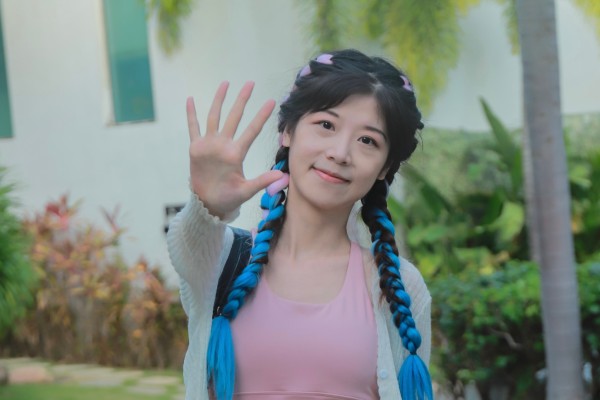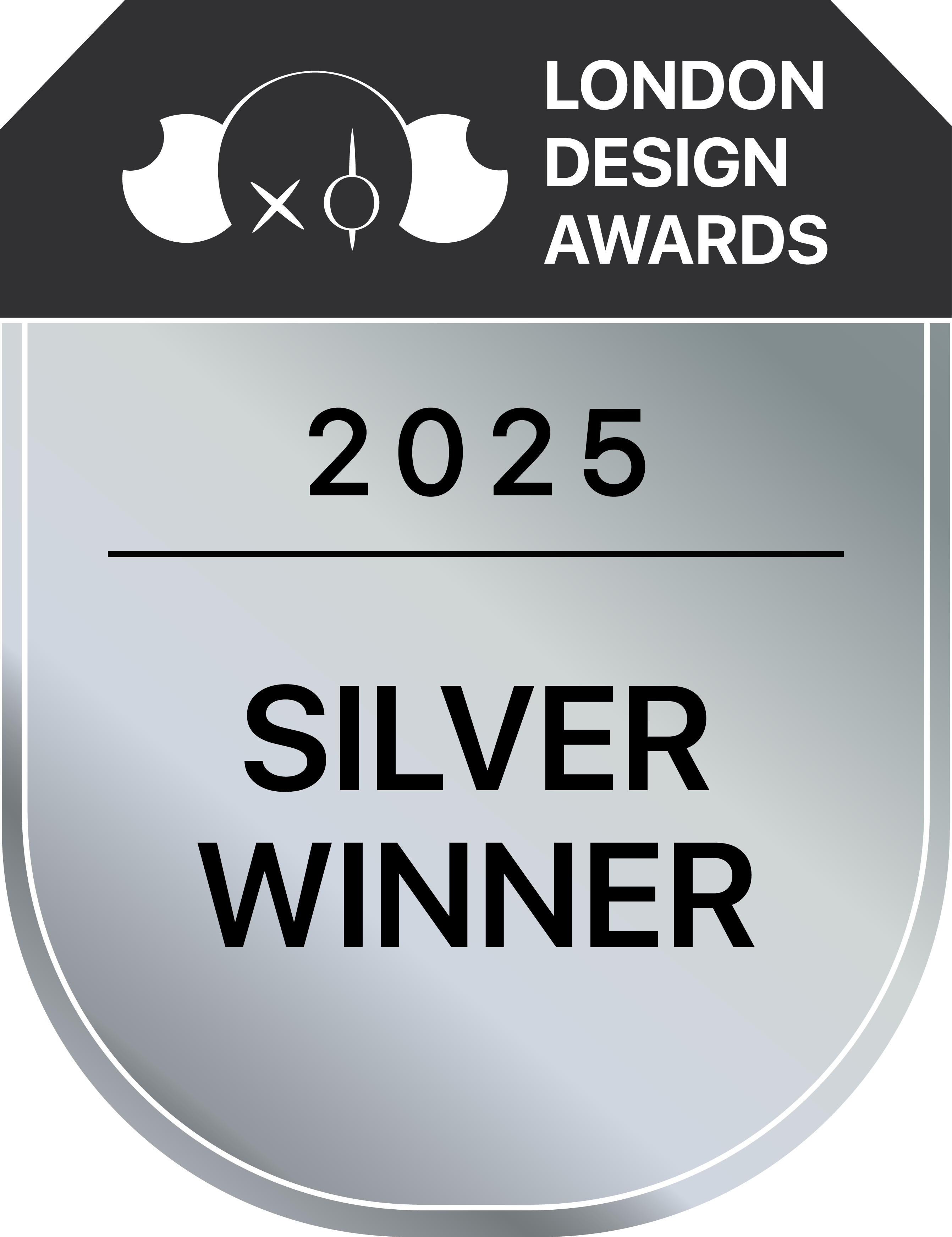
Yifei Wang
1. Congratulations on winning the London Design Awards! Can you introduce yourself and share about what inspired you to pursue design as a career?
Thank you! My name is Yifei Wang, and I’m a UX/Product Designer with a multidisciplinary background in architecture, user-centred design, and emerging technologies. I hold a Master's degree in Architecture from the University of Pennsylvania, and over the past five years, I’ve worked across global markets—designing for industries like EV mobility, fintech, AI platforms, and smart cities.
My journey into design was shaped by curiosity and transformation. As an architecture student, I was fascinated by spatial systems, human interaction, and the relationship between structure and behaviour. That naturally evolved into digital product design, where I found a powerful medium to improve lives through intuitive, scalable experiences.
2. What does being recognised in the London Design Awards mean to you?
It’s a great honour to be recognised by the London Design Awards. For me, it’s more than just a milestone—it’s a validation of years of hard work, experimentation, and collaboration with teams that believed in bold, user-focused design. It reinforces my mission to build experiences that not only serve a function but also tell meaningful stories.
3. How has this achievement impacted your career, team, or agency, and what opportunities has it brought so far?
This recognition has amplified visibility for my work and opened doors to new collaborations, especially with cross-disciplinary teams working in AI, smart infrastructure, and sustainable tech. It has also helped build trust with clients and stakeholders who value design-driven innovation. For my current work at QCharge and other platforms, it’s added credibility and momentum for bigger design initiatives.
4. What role does experimentation play in your creative process? Can you share an example?
Experimentation is core to how I work. I view design as a hypothesis that evolves through testing, iteration, and often unexpected feedback. For instance, while designing an AI-driven EV charging system, we explored facial and license plate recognition as part of the user login flow.
We prototyped multiple approaches and even tested them in public parking environments to learn how users reacted in real-world contexts, leading to surprising insights that reshaped both UX and the hardware integration.
5. What's the most unusual source of inspiration you've ever drawn from for a project?
One of the most unusual sources of inspiration came from observing how children interact with plants and objects in a kindergarten garden. During a research project focused on interaction design for educational tools, I noticed how their curiosity, unpredictability, and intuitive responses to tactile elements created powerful design cues.
This inspired me to design a VR-based learning experience that emphasised exploration over instruction, mimicking the way kids naturally engage with the world. The idea of "designing for discovery" stayed with me, and I’ve since applied it in unexpected contexts, from fintech dashboards to mobility apps, where I try to create interfaces that guide without controlling.
6. What’s one thing you wish more people understood about the design process?
Design is not just how something looks—it’s how it works, how it makes people feel, and how well it adapts to change. Good design is invisible but deeply intentional. I wish more people saw design as a continuous loop of learning, not a one-time deliverable.
7. How do you navigate the balance between meeting client expectations and staying true to your ideas?
It’s all about communication and aligning on shared goals. I always frame my ideas in terms of the value they bring—backed by data, user insights, or proven patterns. When clients see that you’re advocating for the user and for results, they become open collaborators, not blockers.
8. What were the challenges you faced while working on your award-winning design, and how did you overcome them?
One major challenge was designing for future-facing tech, like AI or biometric recognition, while ensuring current usability and regulatory compliance. I overcame this by grounding bold ideas in real user feedback and incremental prototyping. We also worked closely with legal, engineering, and marketing early on to surface constraints and solve them collaboratively.
9. How do you recharge your creativity when you hit a creative block?
I usually step away from the screen—either by painting, visiting exhibitions, or even just walking. I also enjoy observing human behaviour in public spaces; it reminds me that design starts with people, not pixels.
10. What personal values or experiences do you infuse into your designs?
Empathy, curiosity, and storytelling. Coming from an architectural background, I care deeply about how people experience space, both physical and digital. I also believe in designing with cultural sensitivity, especially for global markets. These values guide everything I build.
11. What is an advice that you would you give to aspiring designers aiming for success?
Don’t just focus on tools—focus on understanding people. Learn to articulate why behind every decision, and be open to learning from engineers, marketers, and users. Design is not a solo mission; it's a team sport with shared purpose.
12. If you could collaborate with any designer, past or present, who would it be and why?
I’d love to collaborate with Dieter Rams. His principles of simplicity, function, and longevity remain timeless. In today’s noisy digital world, his philosophy offers a much-needed reminder of restraint and purpose.
13. What's one question you wish people would ask you about your work, and what's your answer?
“How do you define success in design?”
My answer: When the user doesn’t have to think about the interface, but instead just gets things done—intuitively, confidently, and even delightfully. When design disappears, that's when it's most powerful.

